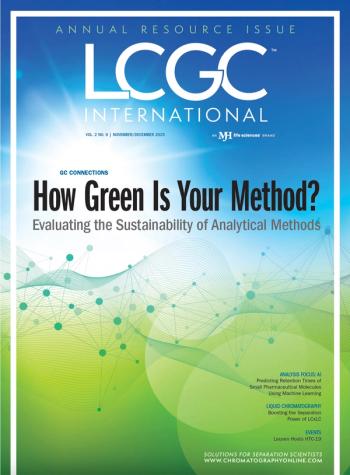
LCGC Europe eNews
- LCGC Europe eNews-02-13-2009
- Volume 0
- Issue 0
Thermo Fisher reports record fourth quarter
Thermo Fisher Scientific has reported that its revenues increased 1% to a record $2.65 billion in the fourth quarter of 2008, compared with $2.62 billion the previous year. For the whole year revenues grew 8% to a record $10.5 billion compared with $9.75 billion previously.
Thermo Fisher Scientific has reported that its revenues increased 1% to a record $2.65 billion in the fourth quarter of 2008, compared with $2.62 billion the previous year. For the whole year revenues grew 8% to a record $10.5 billion compared with $9.75 billion previously.
“We are pleased to report very solid financial results for both the fourth quarter and the full year in spite of the economic headwinds that continue to put pressure on capital spending in some of our end markets,” said Marijn E. Dekkers, president and chief executive officer of the company. “Our performance is largely the result of our favorable product mix, with two-thirds of our revenues coming from recurring sales of consumables and services that tend to hold up better in an uncertain environment.”
Dekkers also predicted how the company would perform in the coming year; “The economic climate will likely continue to restrain capital budgets, especially through the first half of the year. Based on that assumption, and a negative impact of approximately 4% from foreign exchange, we expect to achieve 2009 revenues of $10.0 to $10.3 billion, or a 2 to 5% decline compared with 2008.”
Visit the company’s website,
Articles in this issue
almost 17 years ago
Waters acquires Thar InstrumentsNewsletter
Join the global community of analytical scientists who trust LCGC for insights on the latest techniques, trends, and expert solutions in chromatography.



